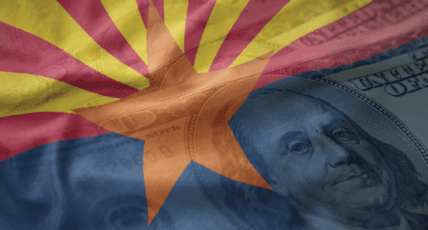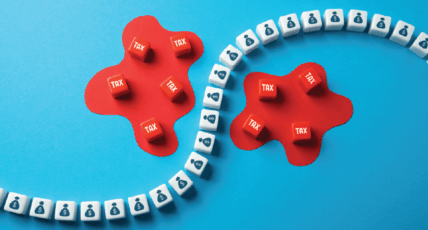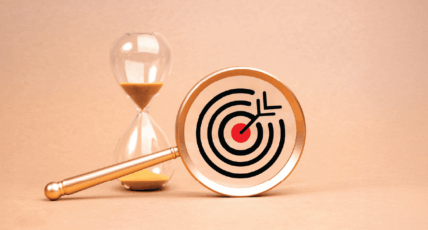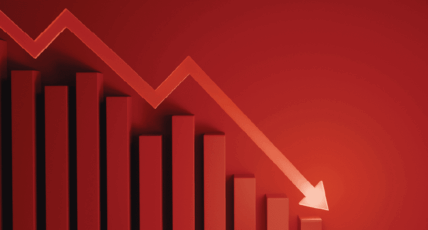Maximize Your HSA: Tax-Free Medical Reimbursements
By Katy McDonald, CFP® | Dec 17, 2025 |
An HSA isn’t just for today’s medical bills. Maximize your HSA with tax-free growth, flexible reimbursements, and long-term planning.
Read more










